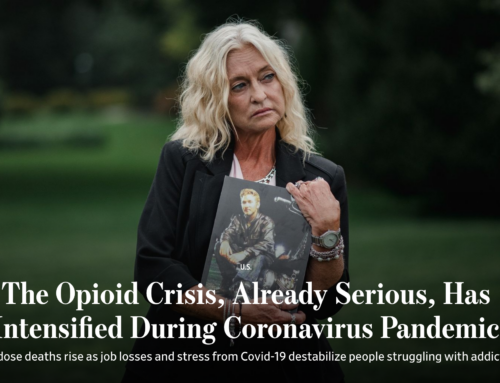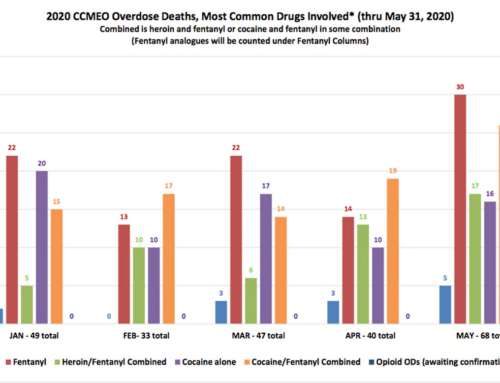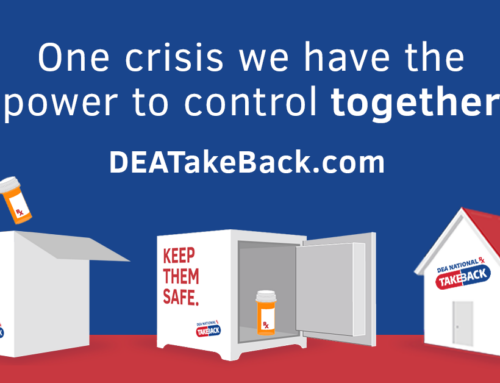Original article from U.S. News
While heroin use among high schoolers has declined to historical lows, use of the drug among young adults ages 18 to 25 has more than doubled since 2002, according to federal data.
But some high schools are taking proactive measures to educate teens on the dangers of heroin and prescription opioid painkillers, since 45 percent of heroin users are also addicted to the latter, according to the Centers for Disease Control and Prevention.
“All of our students have a story of somebody in their family who is an addict or a friend of a family member or something of that nature,” says Erin Parsons, a history teacher at John Marshall High School in Glen Dale, West Virginia.
Parsons and her husband Dave, who is also a history teacher at John Marshall, created the Marshall County Drug Free Club in collaboration with local Reynolds Memorial Hospital for middle and high school students in the district.
A version of the club has existed for several years and was originally started in response to the heroin epidemic facing the community, she says. Every other week, the club members at her school meet to learn about drug use and addiction, with the goal of educating students on addiction and preventing student drug abuse, says Parsons. Students also go on fun field trips, she says, and complete community service projects. The goal is to help the students find better activities than taking drugs. More than 300 students, out of roughly 1,000, are participating in John Marshall’s drug free club this year, Parsons says. To join, students have to submit to an initial drug test and four to five possible screenings throughout the remainder of the school year, which the hospital administers and pays for. If students fail the drug test, their parents and primary care physician are notified but not club leaders. Members of Marshall County Drug Free Club volunteer with students at Glen Dale Elementary School. (Erin Parsons) Many members want to help educate others about drugs. “A lot of our kids see what heroin and these other drugs are doing to our community,” she says of their area, where many people are struggling financially and some are turning to drugs to cope. “These kids want to go out and do something about it.” Some high schoolers in the district recently created public service announcements on the effects of heroin with the help of the local U.S. attorney’s office, she says. The announcements run on local television stations. Students from Bucks County Technical High School in Pennsylvania recently helped create a similar PSA, featuring a mother of a heroin addict, says Frank Goldstein, a volunteer producer and director who spearheaded the project with the local district attorney’s office. BCTHS students and teachers made the video announcement, which was shown to other students at the school. Elsewhere in the nation, schools are showing students the film, “Chasing the Dragon: The Life of an Opiate Addict,” which the FBI and the Drug Enforcement Administration produced. “It is a very real issue for our high school children,” says Timothy M. Horty, public affairs officer for the U.S. attorney’s office in the southern district of Indiana, where students at three high schools have seen the film so far. Parents can help reinforce the message at home, experts say. Horty says parents need to stay in touch with their kids, know who their friends are, watch their habits and be mindful of prescription drugs in the house, since these substances can be unsafe when abused and are often a step on the path to heroin. Because their teens are in high school, parents have to paint very real pictures for them, says Parsons, the high school teacher. “The more graphic you are with them and the more truthful you are with them, the more impactful it is to them.”






